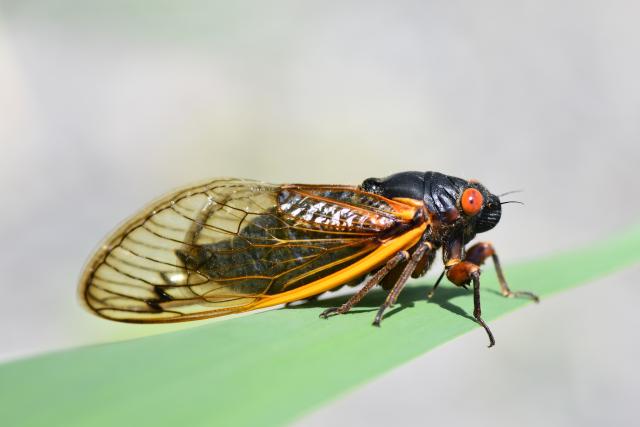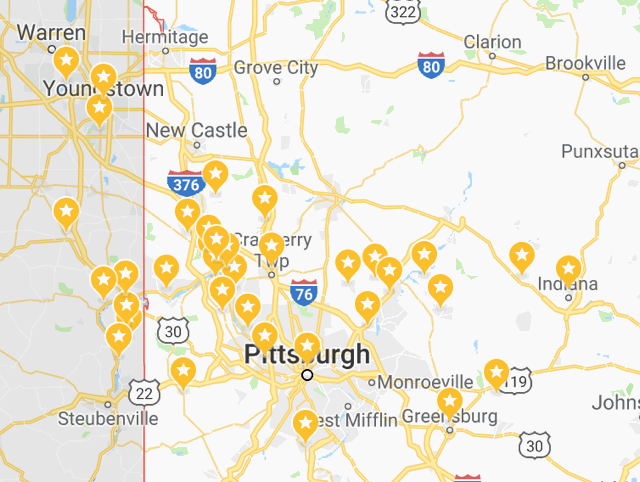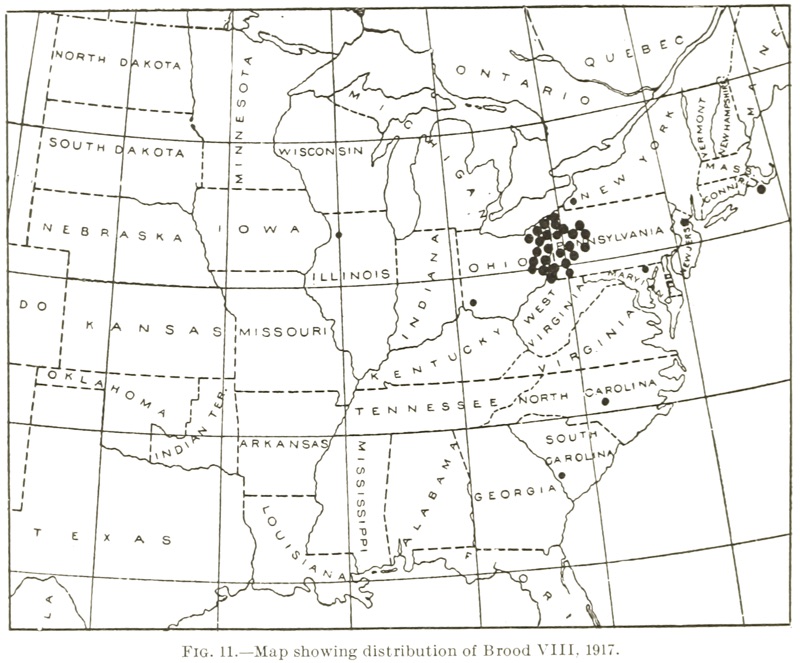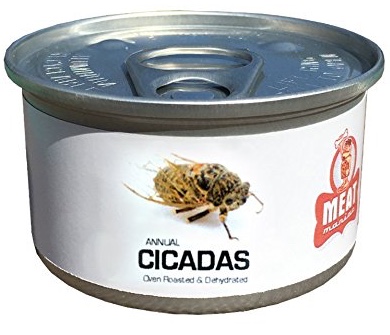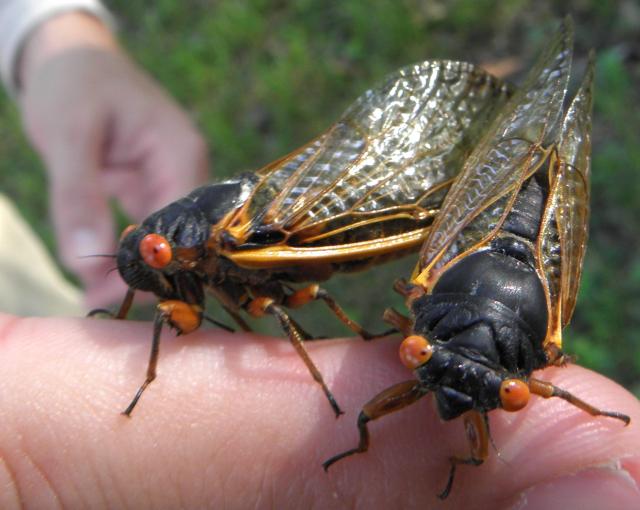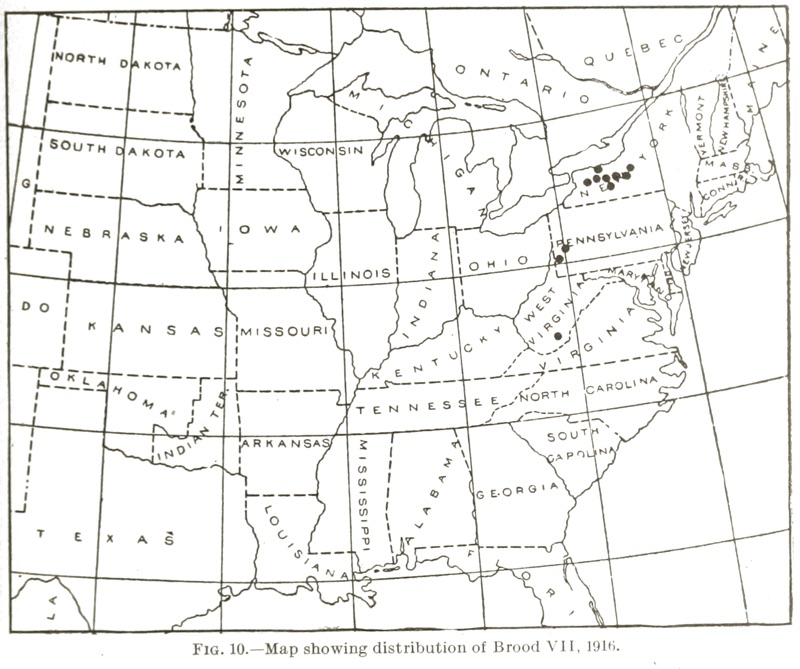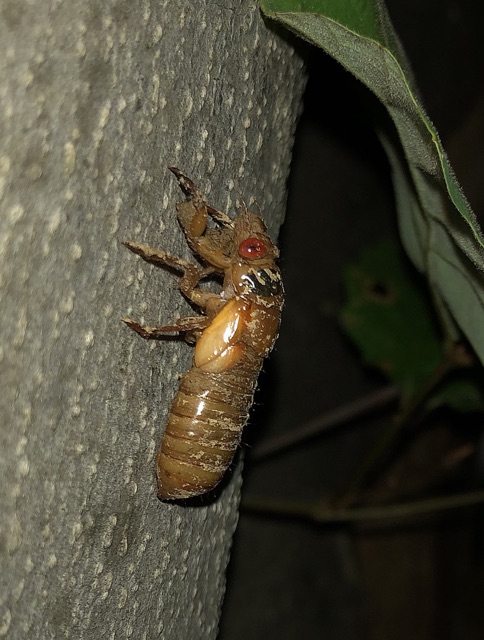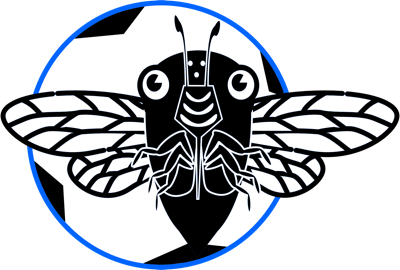Cicada Safari App Frequently Asked Questions:

Who created the Cicada Safari app?
Gene Kritsky working with the Center for IT Engagement at Mount St. Joseph University in Cincinnati.
Who do I speak to when the app is not working?
Probably Gene Kritsky and the Center for IT Engagement is your best route. Be polite. The app has 250,000 users and only a handful of people to approve cicada sightings.
Who is Gene Kritsky?
Gene is the Charles Lester Marlatt of the 21st century. Gene is a periodical cicada expert, researcher & professor. Buy his latest book, Periodical Cicadas: The Brood X Edition, now.
How do I download the app for my Apple or Android device?
Choose wisely: Google Play Store or Apple App Store.
How many people have downloaded the app?
As of June 1st 2021, over 250,000 people have downloaded the app.
Can I access the app data from a web browser?
Yes, you can! See a map of sightings from the Cicada Safari app.
Does the app have a website?
Of course the app has a website. Here’s the website.
What can I do with the app?
Judging by screenshots of the app, it looks like you can 1) identify cicadas, 2) take a photo and share it, 3) map the location where you found it, 4) compete with other cicada scientists for the most cicadas found. Looks that way at least. The app lets you submit cicadas photos of any species.
I’m not in the United States, so what app should I use instead?
Try the iNaturalist apps.
I don’t want to use an app. Can I send reports via email?
Not that I know of, but you can always ask Gene Kritsky. Feel free to leave a comment on this website or the Facebook Cicada Discussion Group.
Is Cicada Mania affiliated with the Cicada Safari app?
Cicada Mania is not affiliated with the Cicada Safari app. Cicada Mania is not paid to endorse or promote it. We promote it because we like it.
